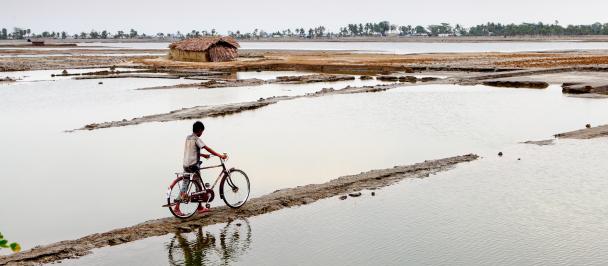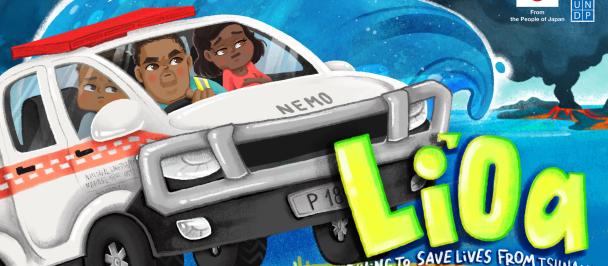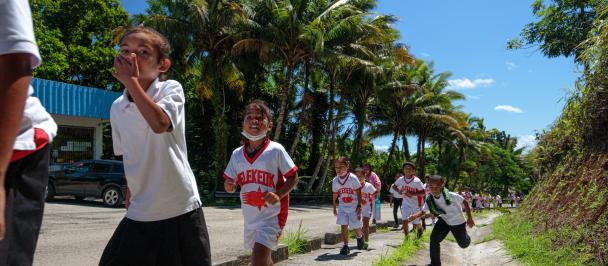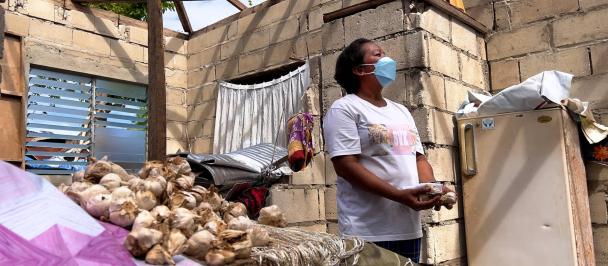In the Solomon Islands, teachers strengthen their capacity to be ready for Tsunami
August 9, 2022
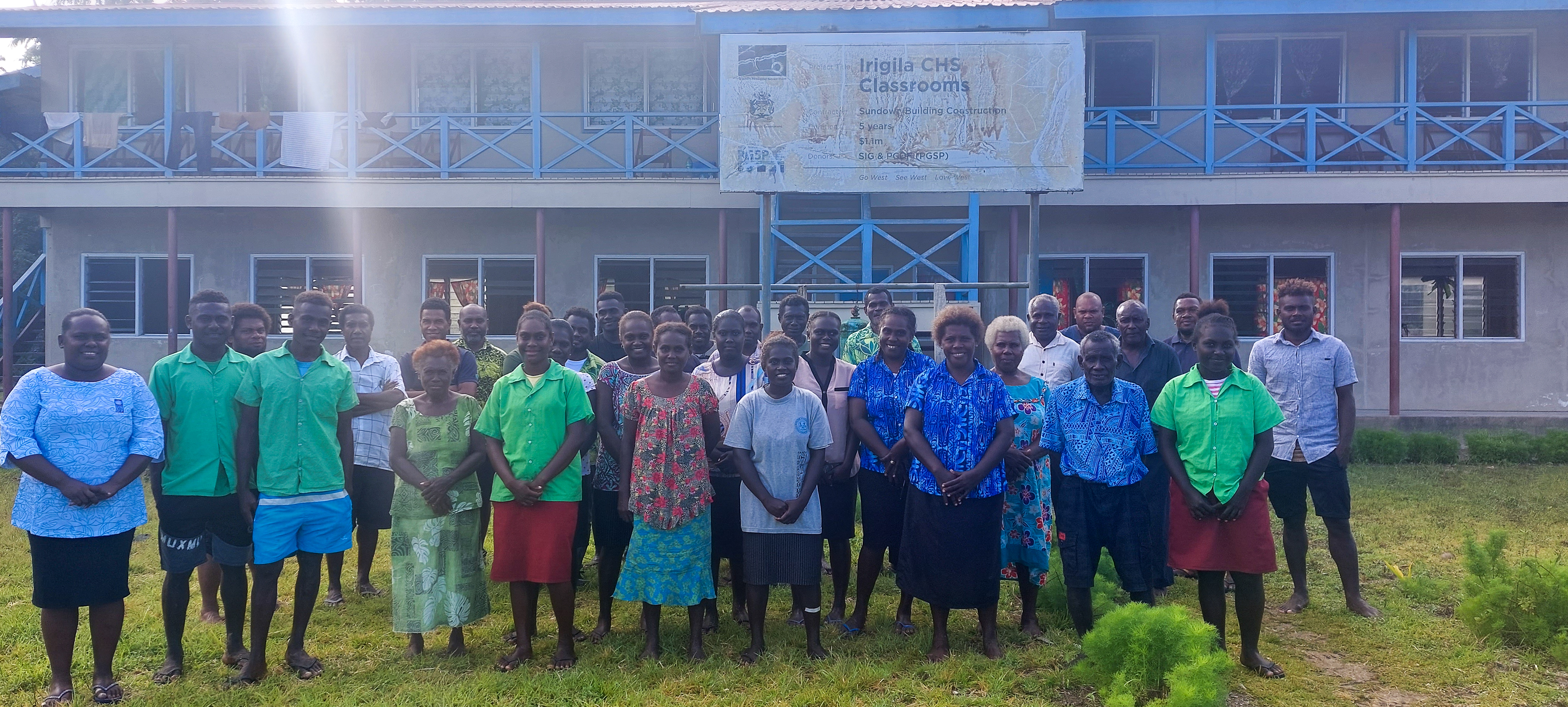
Schoolteachers in the Solomon Islands take part of the Community-Based Disaster Risk Management Training
9 August 2022, Honiara, Solomon Islands – The UN Development Programme, in partnership with Japan and the Solomon Islands local agencies, trained a total of 113 schoolteachers (58% male and 43% female) from 13 schools in the Western Province to be ready for disasters. As part of the School and Community-Based Disaster Risk Management (CBDRM) training, the teachers strengthened their capacity to respond in an event of a disaster, particularly a tsunami.
The key outcome of the CBDRM training is to review the schools and community disaster response plans, help set up disaster committees and strengthen their capacity to understand their roles and responsibilities before, during, and after a disaster (i.e., tsunami) occurs.
“The education division in Gizo applauds the effort of the facilitating team in designing and developing such an important training for tsunami-prone schools in the western province,” said the Education Inspector, Mr. Willy Etupioh, reinforcing the importance of the activity. ‘’This is a practical disaster risk training which links well with the country’s policy and guidelines for disaster preparedness and education,” Mr Etupioh added.
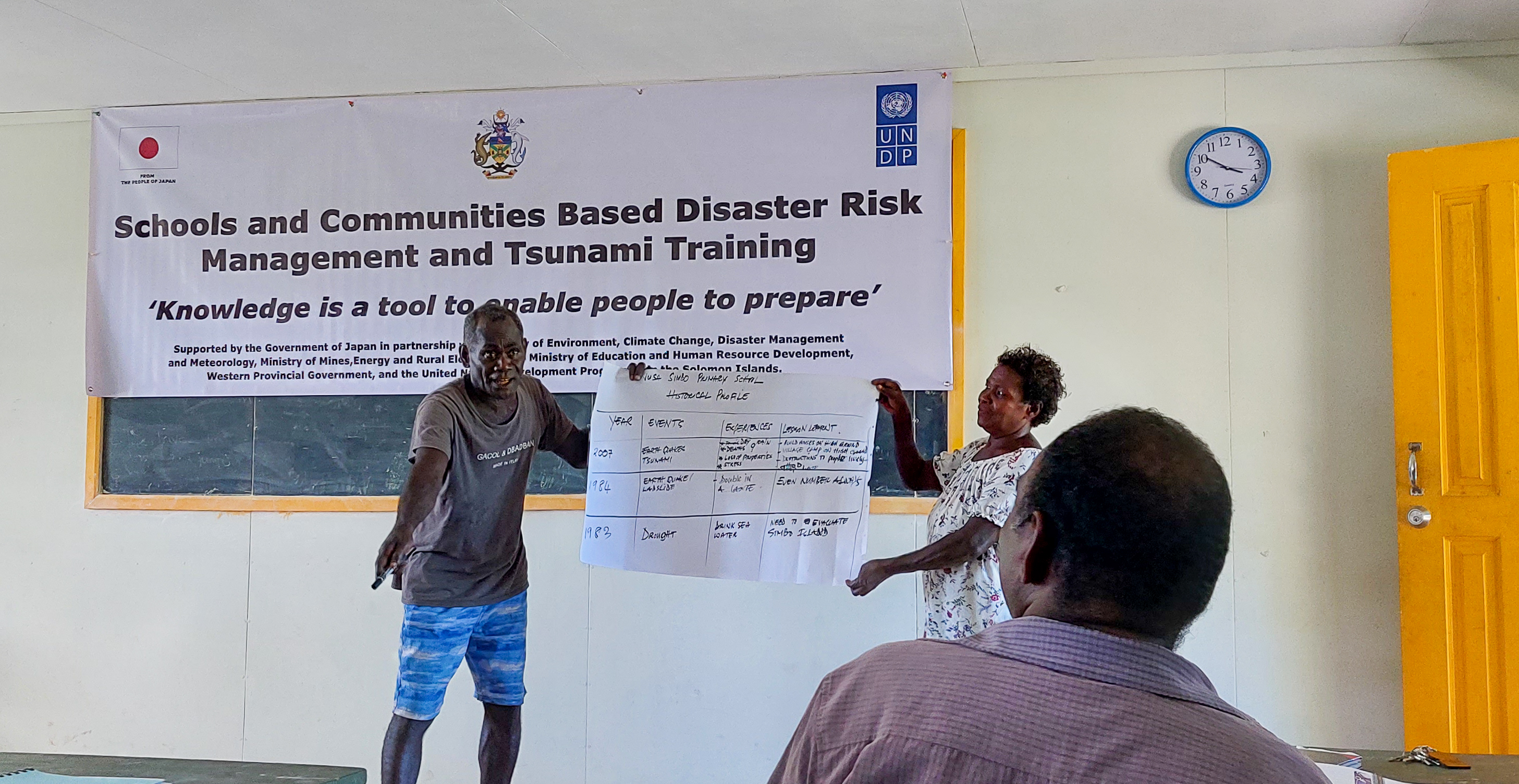
The activity helped teachers to better prepare and respond for tsunami
The CBDRM training was made possible through UNDP and Japan’s partnership for Strengthening School Preparedness for Tsunamis in the Asia Pacific Region Project’. In Solomon Islands, the project is made possible through the collaboration of different local agencies, the National Disaster Management Office (NDMO), Solomon Islands Meteorological Service (SIMS), the Ministry of Environment, Climate Change, Disaster Management and Meteorology (MECDM), Education Authority of the Western Provincial Government and the Geological Survey Division of Ministry of Mines, Energy and Rural Electrification (MMERE).
The CBDRM training is a refresher for six of the schools namely Goldie College, Lengana Primary School, and High School, Kalaro Primary Schools, Nusa Simbo Primary School, Titiana Primary School and Mbabanga Primary Schools. In 2022, the project included five new schools (Gizo Primary and High Schools, Totoku Primary Schools, NGARI Primary School, ARMS Primary School, and Irigila Primary and High Schools), the school disaster committees and their local communities.
Alex Rilifia, Meteorology Forecasting Officer at SIMS highlighted how the training helped to improve and strengthen the network with the community and school committees to ensure effective early warnings systems are in place.
“Early warnings will have no impact if the general public is not prepared or if the alerts are not disseminated by the government on time”Alex Rilifia, Meteorology Forecasting Officer
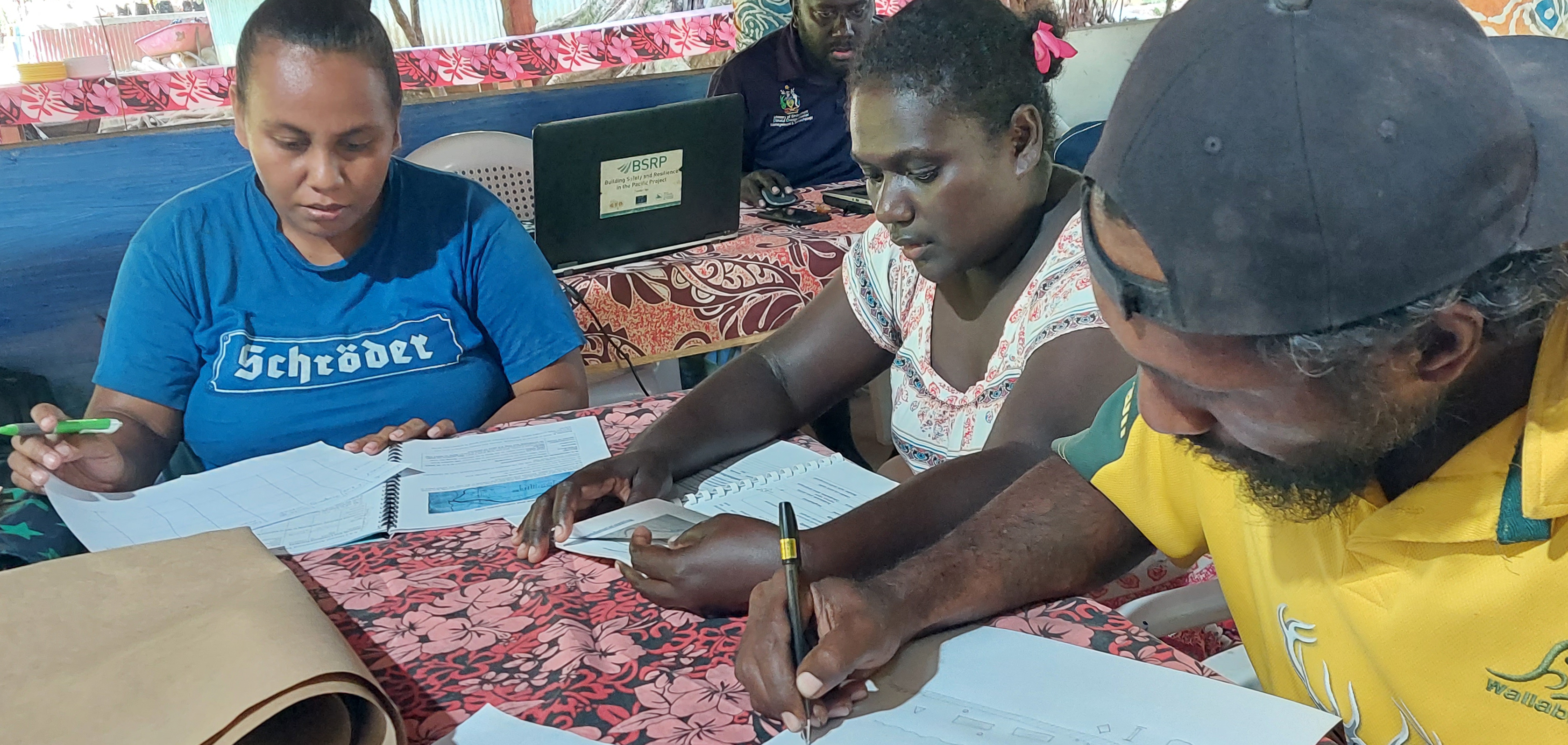
The Gizo Primary and High Schools were one of the 5 schools included on the new program
“The activity aims to achieve the Solomon Islands Government policy which has been mandated to the Geological Survey Division,” said Carlos Tatapu, Chief Geo-Hazard Officer at MMERE. He reinforces the importance of their function in reducing vulnerabilities of populations who are prone to geological hazards through seismological and volcano monitoring.
“Our common goal is to create a safe, resilient and self-reliant community, with schools as an integral part of it,” Mr Tatapu said.
In the event of a disaster, everyone has a role to play. The Solomon Islands Government (SIG) attributed responsibilities at all levels, and communities must start by implementing local measures, while waiting for further assistance from the national government.
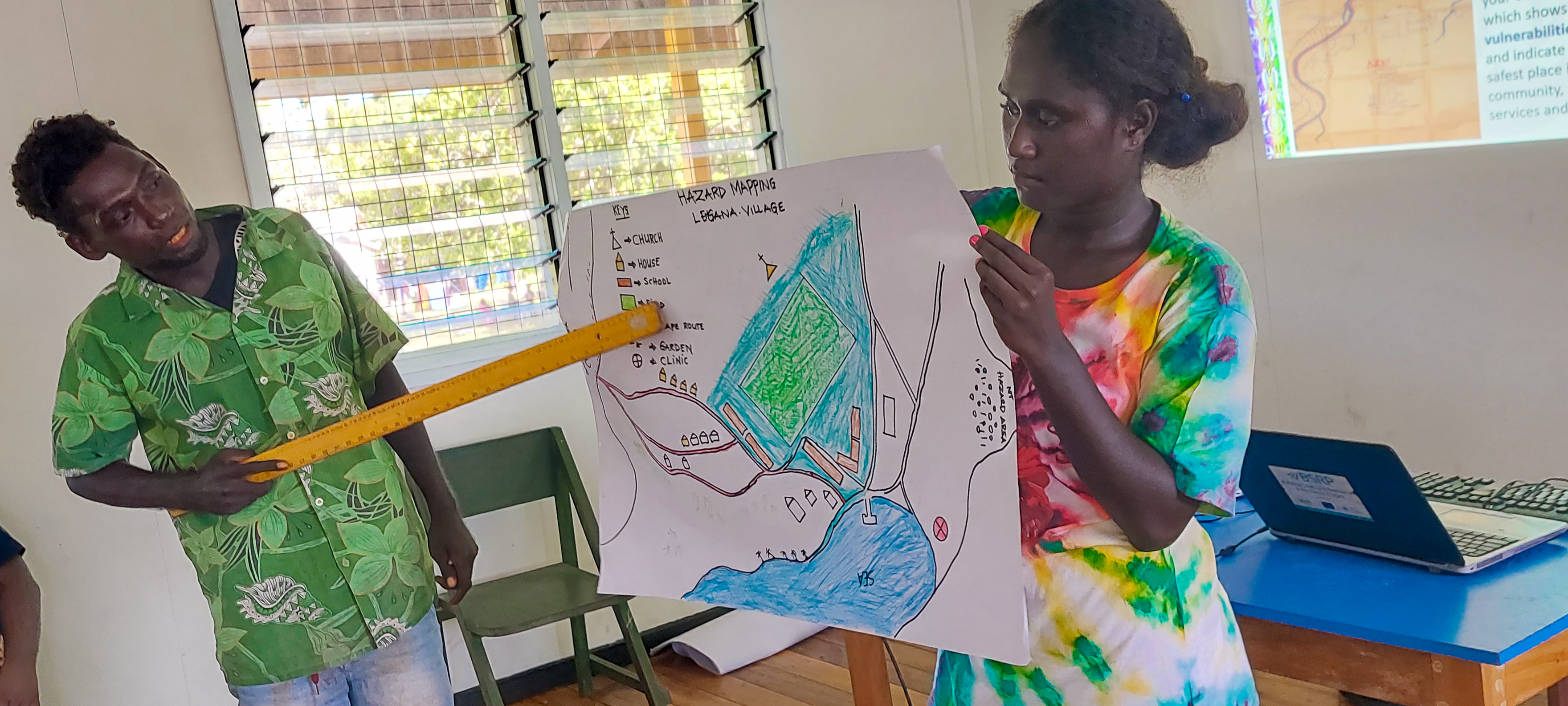
Schools are a key element of the tsunami evacuation plan, supporting communities to better respond to the disaster
Totoku Community Disaster Committee Chairman Mr Belshazza Sasa is one of the beneficiaries of the CBDRM training who really appreciated the CBDRM exercise and knowledge passed to the teachers and the community disaster committees, because disaster will affect both the school and the communities. He also emphasized that ‘the students come from the communities and involving them in the training really help us to understand the disaster management cycle and better prepare for future disasters.”
“Knowledge is a tool to enable people to prepare”Deltina Mamu, Deputy Project Manager, UNDP Solomon Islands
“The main aim of the CBDRM training is to equip teachers and community disaster committees with the knowledge to increase their capacity to prepare for future disasters like tsunami, pandemics (i.e., COVID-19) and other hazards.” added Deltina.
The School and Community Disaster Response plan is an important tool to enable them to mobilize additional resources to increase their capacity and pre-requisite to conducting disaster drills such as tsunami.
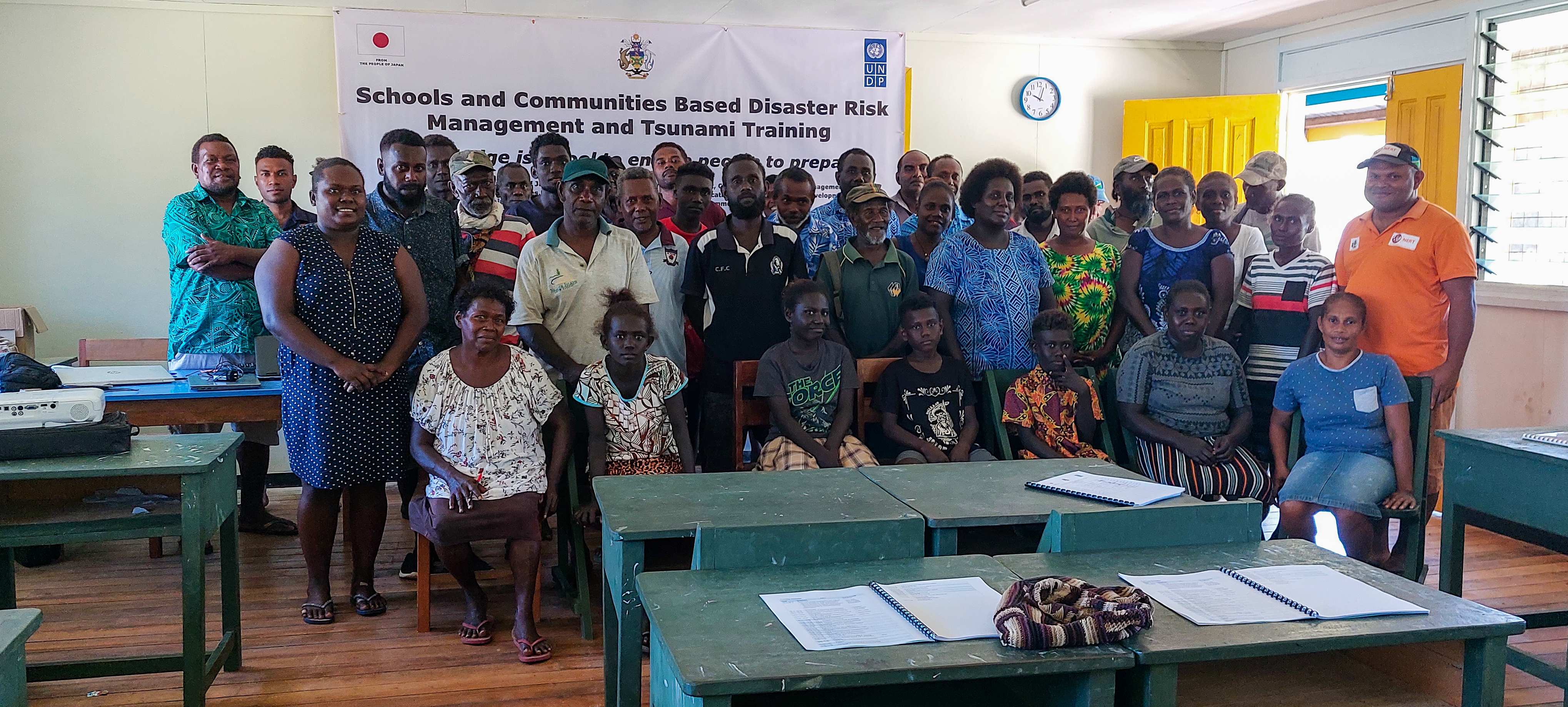
More than 100 teachers, from 13 different schools participated on the training
Brian Tom, Principal Programs Officer of NDMO was grateful for the partnership between all agencies and highlighted the impact of the collaboration. “This shows the commitment and teamwork in promoting safe and resilient schools within the Solomon Islands. We would also like to commend the support of the Government of Japan for funding this project through UNDP.”
The Tsunami Project started in 2017 and has trained more than 180,000 students, teachers and school administrators in the region. The key objective of the project is to mitigate the impact of tsunami and other hazards by strengthening school and communities’ preparedness in 18 disaster-prone countries in Asia and the Pacific, including Solomon Islands.
**
For more information, please contact Deltina Mamu, Deputy Program Manager, UNDP Solomon Islands or Anastasiia Tiurmenko, Communication Consultant, UNDP Solomon Islands

 Locations
Locations